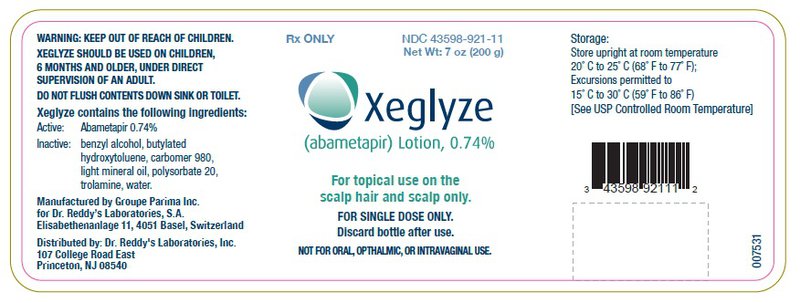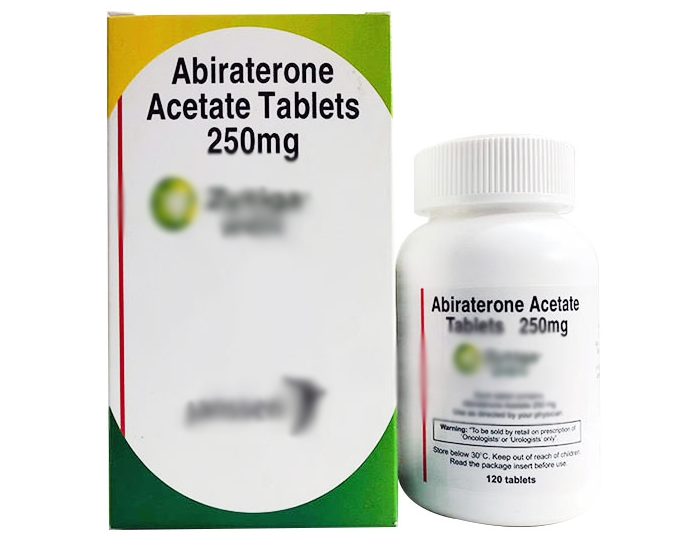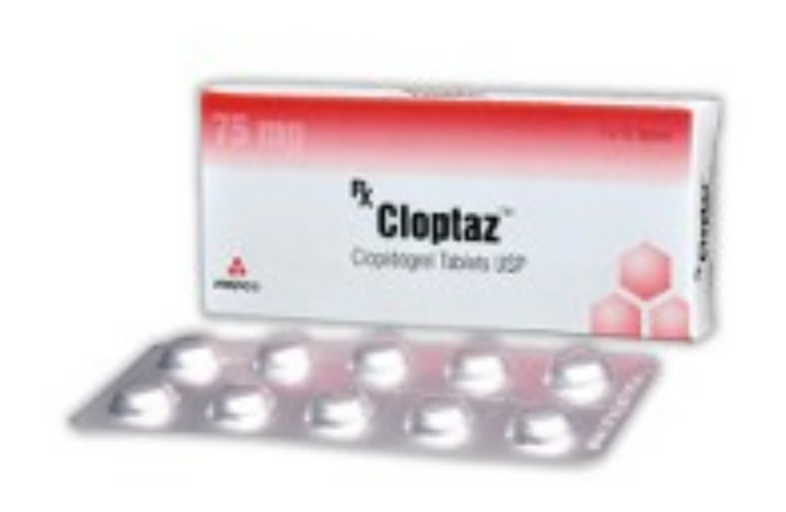Uses of Cloxapen
This is an automatically translated article.
Cloxapen has the main active ingredient is Cloxacillin, a beta-lactam antibiotic. The drug is indicated in the treatment of infectious diseases caused by susceptible bacteria. The article will provide information about the uses, dosage and notes when using Cloxapen.
1. What effect does Cloxapen have?
Cloxapen has the active ingredient Cloxacillin, which is a beta-lactam antibiotic used to treat a variety of bacterial infections. The drug works by inhibiting cell wall synthesis, which in turn causes the bacteria to be destroyed. Cloxapen is indicated in the treatment of infections caused by susceptible bacteria. It does not work against viral infections such as the common cold or flu.
2. Dosage and usage of Cloxapen
How to use:
Take Cloxapen by mouth exactly as directed by your doctor. The drug is best absorbed when taken on an empty stomach (1 hour before or 2 hours after a meal). Dosage is based on the patient's medical condition and response to therapy. In children, dosage is also based on weight and age. For best results, take the antibiotic Cloxapen at the same time each day. Continue taking Cloxapen for the rest of your prescribed course, even if symptoms disappear after a few days. Stopping the medication too soon can allow bacteria to continue to grow, leading to recurrent infections and antibiotic resistance. Patients should notify their doctor if the condition persists or worsens. Dosage:
Adults
The recommended dose of Cloxapen is 250-500mg/time, 4 times a day. The duration of treatment depends on the type and severity of the infection as well as the patient's clinical response. For most staphylococcal infections, therapy lasts at least 14 days; Longer periods may be needed for osteomyelitis, endocarditis, or other serious infections. Children:
Infants 7 days old or younger, weighing less than 2kg: The recommended dose is 25mg/kg every 12 hours. Infants 7 - 28 days old, weighing less than 2kg or children 7 days old or younger weighing 2 kg or more: The usual dose is 25mg/kg every 8 hours. Children 7 to 28 days old, weighing 2 kg or more: The recommended dose is 25mg/kg every 6 hours. Children ≥ 1 month old, weighing less than 20kg: The recommended dose is 50-100mg/kg/day (maximum 4g) divided into 4 times. Children ≥ 1 month old, weighing 20kg or more: Use the same dose of Cloxapen as adults.
3. What are the side effects of Cloxapen?
Patients using Cloxapen may experience side effects including:
Common:
Gastrointestinal: Nausea, vomiting, abdominal pain, diarrhea. Skin: Skin rash. Uncommon:
Skin: Urticaria. Blood: Eosinophils increased. Rare:
Body as a whole: Anaphylaxis . Blood: Agranulocytosis, leukopenia. Gastrointestinal: Pseudomembranous colitis. Liver: Hepatitis, cholestatic jaundice. Urogenital - genitourinary: Renal dysfunction, increase in serum creatinine.
4. Notes when using Cloxapen
When using Cloxapen, care should be taken for all allergic manifestations. The drug must be discontinued immediately and emergency facilities prepared, to prevent anaphylaxis in people treated with beta-lactam antibiotics. Cloxacillin may cause gastrointestinal disturbances, malabsorption and increased growth of non-susceptible organisms. Cloxapen should be used with great caution in neonates, preferably not because of the risk of hyperbilirubinemia due to competition for binding to serum proteins (causing nuclear jaundice). Cloxapen should be used with caution in cases similar to flucloxacillin. Like Flucloxacilin, the drug can cause hepatitis, cholestatic jaundice; This condition will return to normal 2 months after stopping the drug. Elderly patients and those who have been taking the drug for more than 2 weeks are at high risk of this condition. Cloxapen should be used with caution in patients with severe liver disease. People who are allergic to cephalosporins may also be at risk of being allergic to Cloxacillin. Use of the antibiotic Cloxapen may be associated with hematologic disorders (eg, agranulocytosis, neutropenia, thrombocytopenia). Reactions are usually reversible upon discontinuation of Cloxapen therapy. Cloxapen should be used with caution in patients with a history of seizure disorders. Because high serum drug concentrations, especially in patients with renal impairment, may increase the risk of convulsions. Neonates: There may be decreased renal clearance of Cloxacillin. Routine assessment of serum concentrations and clinical status for adverse events as well as frequent dosage adjustments may be necessary in this patient population. Pregnancy: Animal studies have shown no evidence of impaired fertility or harm to the fetus. However, there are not many adequate and well-controlled studies on the use of Cloxacillin during pregnancy, so Cloxapen should only be used during pregnancy when clearly needed. Lactation: Cloxacillin is distributed into breast milk. Antibiotics present in breast milk can cause changes in the gut microbiota. Therefore, infants should be monitored for gastrointestinal disturbances, such as thrush or diarrhea. In general, Cloxapen is considered compatible with breast-feeding when used at the normally recommended dosages.
5. Drug interactions
Drug interactions will affect the effectiveness of treatment and/or increase the toxicity of the drug. Therefore, patients need to inform medical staff of all drugs and supplements they are using. The following are some drug interactions of Cloxapen that should be noted in clinical practice:
Similar to other penicillins, taking Cloxacilin with aminoglycosides will make both drugs ineffective. If it is necessary to use both antibiotics, they must be prepared separately and injected at two different sites. Concomitant use of high doses of Cloxacillin with anticoagulants such as coumarin, indandion derivatives or heparin may increase the risk of bleeding because penicillins inhibit platelet aggregation. Therefore, the patient should be carefully monitored for signs of bleeding. Cloxapen should not be used with thrombolytics because it may increase the risk of major bleeding. The use of Cloxapen with hepatotoxic drugs may further increase the degree of hepatotoxicity. Cloxapen blood concentrations are increased if co-administered with probenecid because probenecid reduces the renal tubular secretion of penicillins. Above is the general information about the drug Cloxapen. If you have any questions about the drug, do not hesitate to contact your doctor or pharmacist for advice.
XEM THÊM:





